Week 3
Baroque, Rococo, and Eighteenth-Century Art
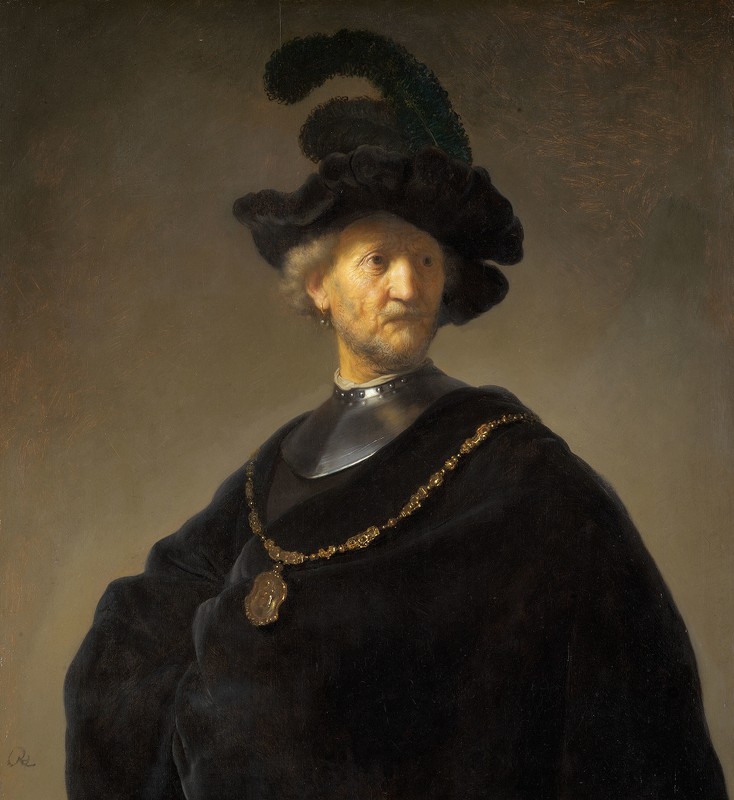
The first half of the 17th century was a time of absolute monarchies and incredible scientific discoveries. This was mirrored in the dramatic Baroque art style that prevailed. The quintessential artist of the time was Bernini. He displayed his competency in architecture and sculpture. Everything during the Baroque period was bigger and better, and Bernini's Baldacchino is a perfect example, as is the Piazza of St. Peter's. Also, larger than ever was the Palace of Versailles, home of Louis XIV. The palace was intended to glorify the king's power and did so in a way never seen before. From the lavish gold rooms to the impeccably landscaped grounds, Versailles was a true tribute to the monarchy. In painting, Caravaggio influenced many with his dramatic light play, known as chiaroscuro. Rembrandt took portraiture and especially self-portraits to another level of revelation. His visual biography of self-portraits provides much insight into his life.
After the extravagant Baroque style, the Rococo was more refined and witty. A new category of painting was developed called fetes galantes (festive gatherings), which depicted aristocrats at play. Characteristics of this category include pastel colors, soft, dreamy landscapes, and rich textures. Women artists finally made their presence known in portraiture, while satire and irony showed up in the works of William Hogarth.
Weekly Objectives
-
Examine works of art.
-
Investigate the meanings of the artworks encompassed by this period.
-
Distinguish one style from another and trace the stylistic development.
Activities
Readings
-
Adams: Art Across Time
-
Chapter 17: The Baroque Style in Western Europe
-
Chapter 18: Rococo, the Eighteenth Century, and Revival Styles
Class Activities
Continue work on the Midterm Paper.
Before posting on the discussion, visit the following websites:
-
Gian Lorenzo Bernini published by Artble.
-
Rocco Art Movement published by Identify This Art.
Activities
-
Discussion 3
-
Quiz 3
Video Lecture: Versailles
Select the play icon, or use the Enter key to watch the video.
A transcript of Versailles video is available.
Review Sheet: The Baroque Style in Western Europe
Chapter 17
Be familiar with these artists, works, or concepts:
-
Baroque
-
Bernini and his Baldacchino, Piazza of St. Peter’s, and Ecstasy of St. Teresa
-
Louvre
-
Versailles and the Fountain of Apollo and Hall of Mirrors
-
The French Academy
-
Caravaggio and his Conversion of St. Paul
-
Women Artists from Antiquity to the 17th Century
-
Artemisia Gentileschi and her Judith Slaying Holofernes & Judith and Her Maidservant with Head of Holofernes
-
Peter Paul Rubens and his Raising of the Cross
-
Rembrandt and his Night Watch and his Self Portraits
-
Etching
-
Vermeer and his View of Delft
-
Velazquez and his Las Meninas
-
Poussin
Please note: This is not a comprehensive list of what will be covered on the quiz; it merely highlights the most significant works and concepts in the chapter.
Review Sheet: Rococo, the Eighteenth Century, and Revival Styles
Chapter 18
Be familiar with these artists, works, or concepts:
-
Rococo
-
Salons
-
Enlightenment
-
Watteau and his Departure from the Isle of Cythera
-
Fragonard and his The Swing
-
Adelaide Labille-Guiard
-
Rigaud and his Louis XIV
-
Vigee-Lebrun
-
Boyle’s Chiswick House
-
American Painting
-
Copley and his Death of General Wolfe
Please note: This is not a comprehensive list of what will be covered on the quiz; it merely highlights the most significant works and concepts in the chapter.
Timeline for Baroque, Rococo, and Eighteenth-Century Art
Let's take a quick recap of Baroque, Rococo, and Eighteenth-Century art.
Select each time period to learn more about the events.
1600 - 1640
1640 - 1680
1680 - 1720
1720 - 1760
1760 - 1800

You can also download a Word version of Timeline for Baroque, Rococo, and Eighteenth-Century Art.
Optional Learning Resources
Select the bottom right corner of the album, and drag towards the left, like you would turn pages of a book.
Optional Learning Resources Week three
View the Spotlight Video on Artemisia Gentileschi’s Self-Portrait.
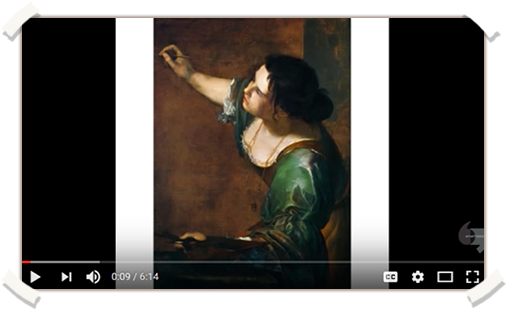
Select the link and view the Google map of Versailles. Select each name on the left panel, view it on the map, and read about them.
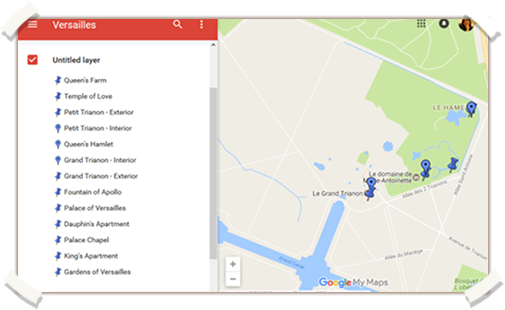
View the video on How to recognize Baroque Art.
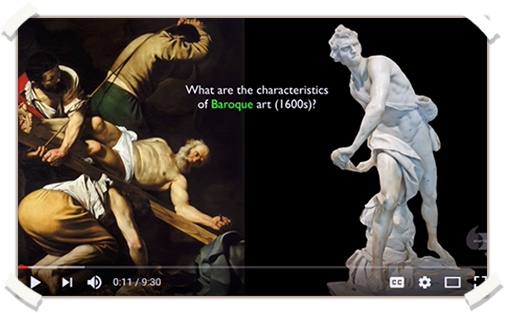
Solve the Baroque and Rococo Crossword Puzzle. Once done, you can view the answers here.
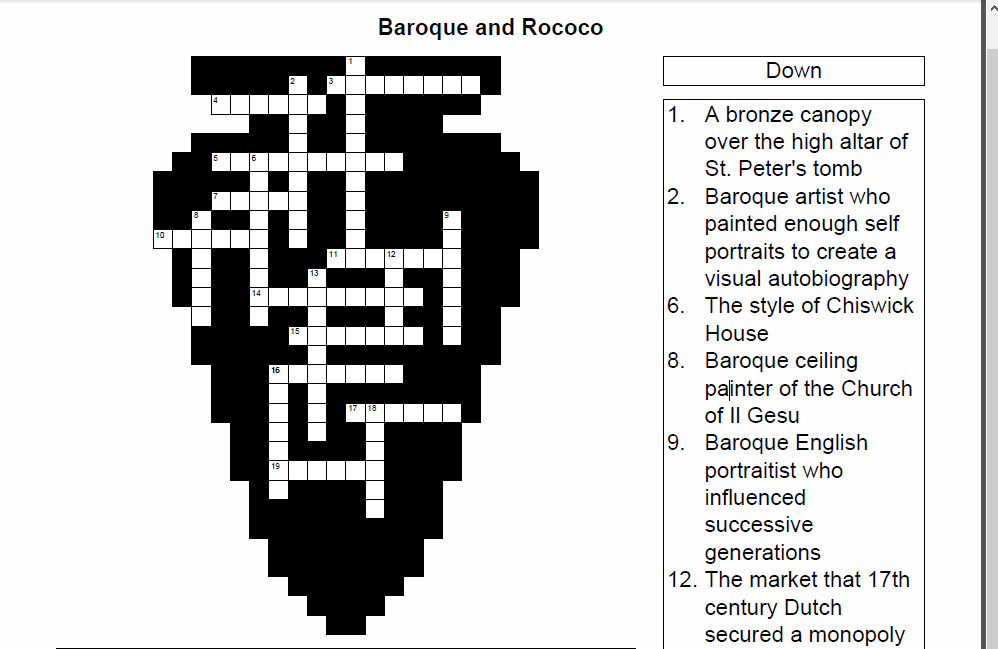
Artists’ Corner
- The Baroque is a lavish art style that features dramatic scenes and luxurious textures. Have fun and play with Silk.
- And then experiment with the Flame Painter
You can also download a Word version of Optional Learning Resources Week three.